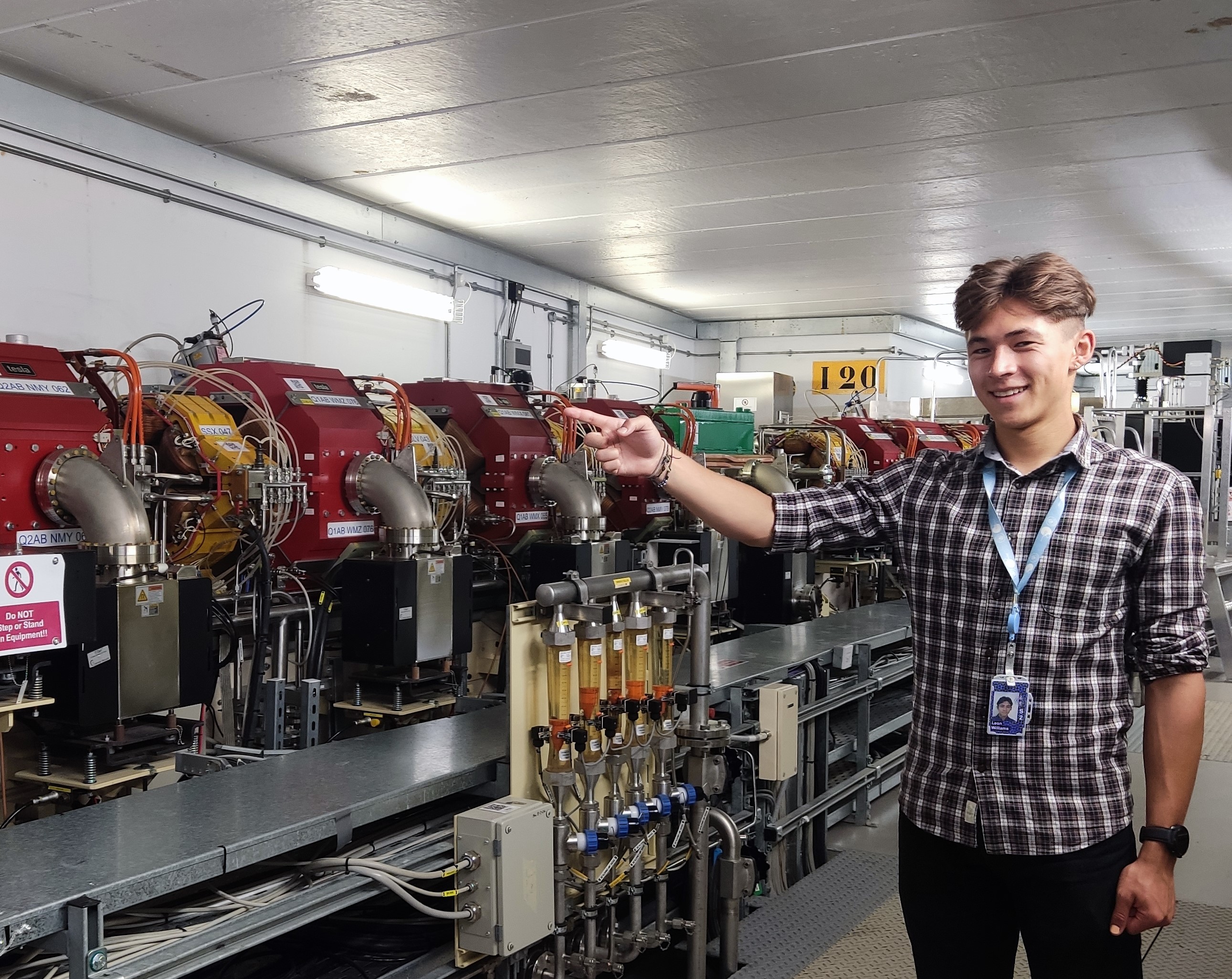
In my 4th year of University, I was hired for a competitive undergraduate research position at the Diamond Light Source synchrotron. This international research facility uses a pzarticle accelerator to generate extremely bright X-ray light which can be shone at a variety of things to study their inner workings. Subjects can range from jet turbine blades, to spike proteins on viruses (most famously the COVID virus) revealing their structure and characteristics which is vital for understanding them.

During my year at the Diamond Light Source, I studied 2D materials such as graphene under ultra-high vacuum. This period required rapid learning of both theory and technical skills applied to complex chemical analytical data including spectroscopy, diffraction, and microscopy for studying materials under ultra-high vacuum. I also developed strong skills in Python, MATLAB and FORTRAN for processing and analysing data from instrumentation.
During intensive, week-long experimental periods, problem solving, critical thinking and the ability to improvise, repair and adjust equipment during strict time constraints were essential skills. Results needed to be assessed correctly, often during strenuous night shifts. The short timeframe allotted also required detailed planning, a focus on efficiency, and constant assessment of feasibility and value of each decision such that the most valuable results could be achieved.
Collaboration was commonplace in my time there, often supporting international partners, including two groups from the Technical University of Munich. This group work was completed in parallel to an independent project using a high-performance computing cluster to run optimisation calculations. I took great enjoyment from the programming aspects of my work, bug fixing scripts and introducing automation for making data analysis more efficient. One highlight of this was discovering a bug in a fundamental software used in 10s of papers, some of which needed conclusions to be reassessed.